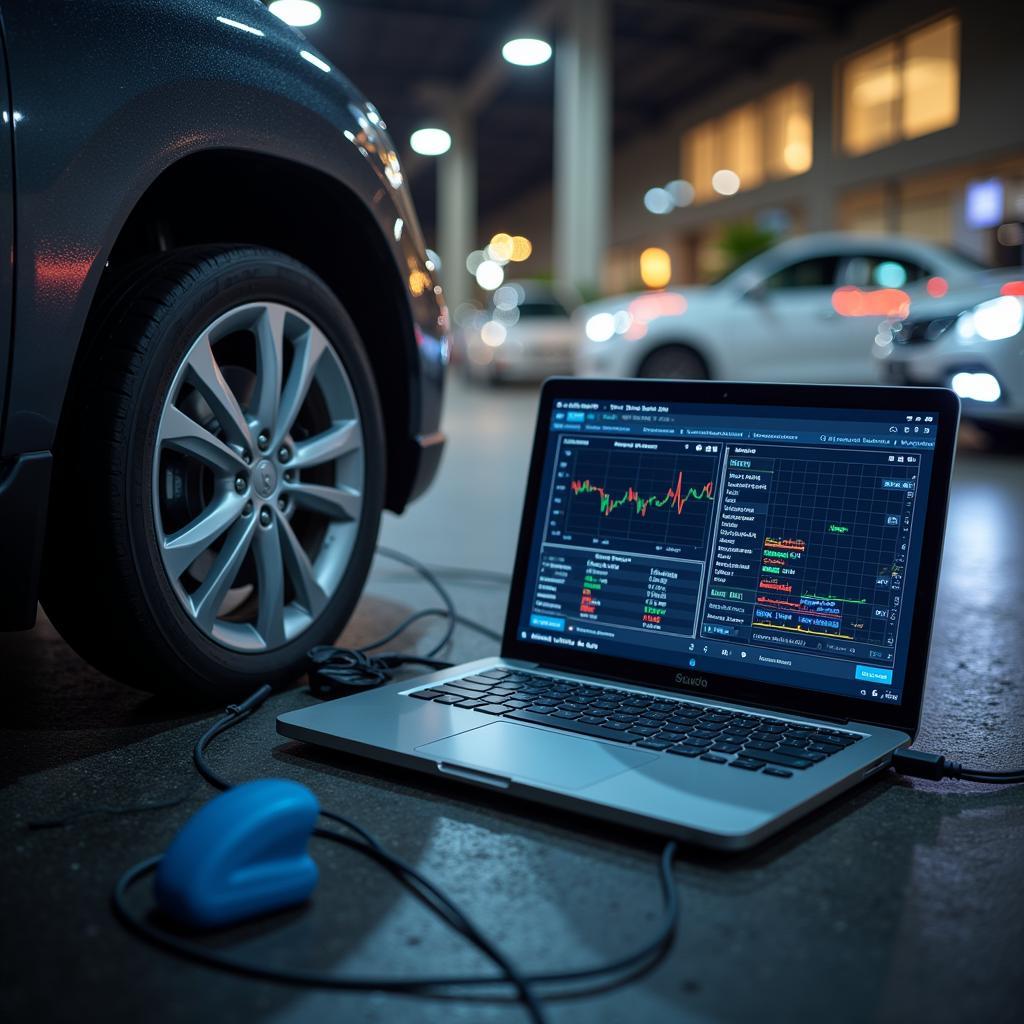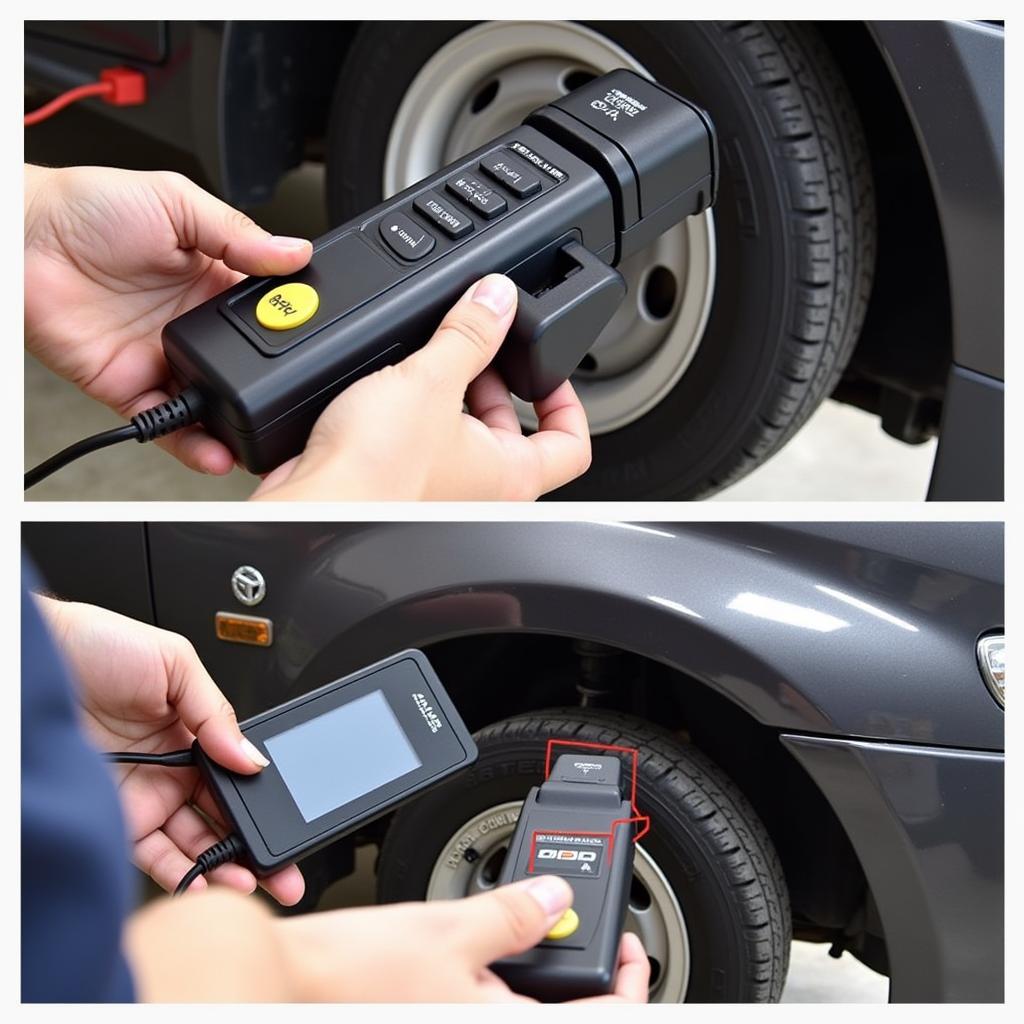The brake actuation warning system is a crucial safety feature in modern vehicles, alerting drivers to potential issues with their braking system. Often referred to by its acronym, PPT (which stands for something specific to the system being discussed), this system plays a vital role in ensuring safe and efficient vehicle operation.
How Brake Actuation Warning Systems Work
At the heart of a brake actuation warning system is a network of sensors strategically placed throughout the braking system. These sensors continuously monitor various parameters, including:
- Brake fluid level: A sudden drop in brake fluid level could indicate a leak in the system, compromising braking efficiency.
- Hydraulic pressure: Abnormal pressure fluctuations in the brake lines could signify a problem with the master cylinder, brake calipers, or other hydraulic components.
- Electronic control unit (ECU) communication: Modern brake actuation systems are often integrated with the vehicle’s ECU. The PPT system monitors this communication to ensure all electronic signals related to braking are transmitted and received accurately.
When the system detects an anomaly in any of these parameters, it triggers the brake actuation warning light on your dashboard, alerting you to the potential issue.
Common Causes of Brake Actuation Warning Light
While the illumination of the brake actuation warning light can be concerning, it’s important to remember that it doesn’t always signal a catastrophic failure. Here are some common causes of the warning light being triggered:
- Low brake fluid: This is often the most straightforward cause.
- Worn brake pads: As brake pads wear down, they affect the hydraulic pressure within the system, potentially triggering the warning light.
- Faulty brake light switch: The brake light switch, responsible for activating your brake lights when you press the pedal, can also trigger the warning light if it malfunctions.
- Issues with the ABS system: Modern vehicles equipped with Anti-lock Braking Systems (ABS) may illuminate the warning light if a fault is detected within the ABS module or sensors.
Diagnosing and Resolving Brake Actuation Warning System Issues
Given the complexity of modern brake actuation systems, pinpointing the exact cause of a warning light can be challenging without the right expertise and tools. Here’s where remote diagnostics and software solutions come into play:
- Remote Diagnostics: Leading automotive manufacturers and specialized service providers now offer remote diagnostic capabilities. By connecting to your vehicle’s onboard diagnostic port (OBD-II) remotely, skilled technicians can analyze the error codes stored in the vehicle’s ECU, providing valuable insights into the root cause of the warning light.
“Remote diagnostics provide us with a direct line of sight into the vehicle’s electronic brain,” says Sarah Thompson, Lead Diagnostic Technician at AutoFix Technologies. “This allows us to perform in-depth analysis and provide tailored solutions to our customers.”
- Software Programming and Installation: Beyond diagnostics, advancements in automotive software have made it possible to address certain brake system issues remotely. Software updates, calibration adjustments, and even module reprogramming can be carried out over-the-air (OTA) or through specialized equipment at certified repair shops.
 Vehicle Connected to Laptop for Remote Diagnostics
Vehicle Connected to Laptop for Remote Diagnostics
Conclusion
Brake actuation warning systems are critical safety components in modern vehicles. Understanding their function and recognizing potential issues early on are essential for maintaining optimal vehicle safety. By leveraging advancements in remote diagnostics and software solutions, car owners now have access to more convenient and efficient ways to diagnose and address these issues, ensuring a safer and smoother driving experience.


